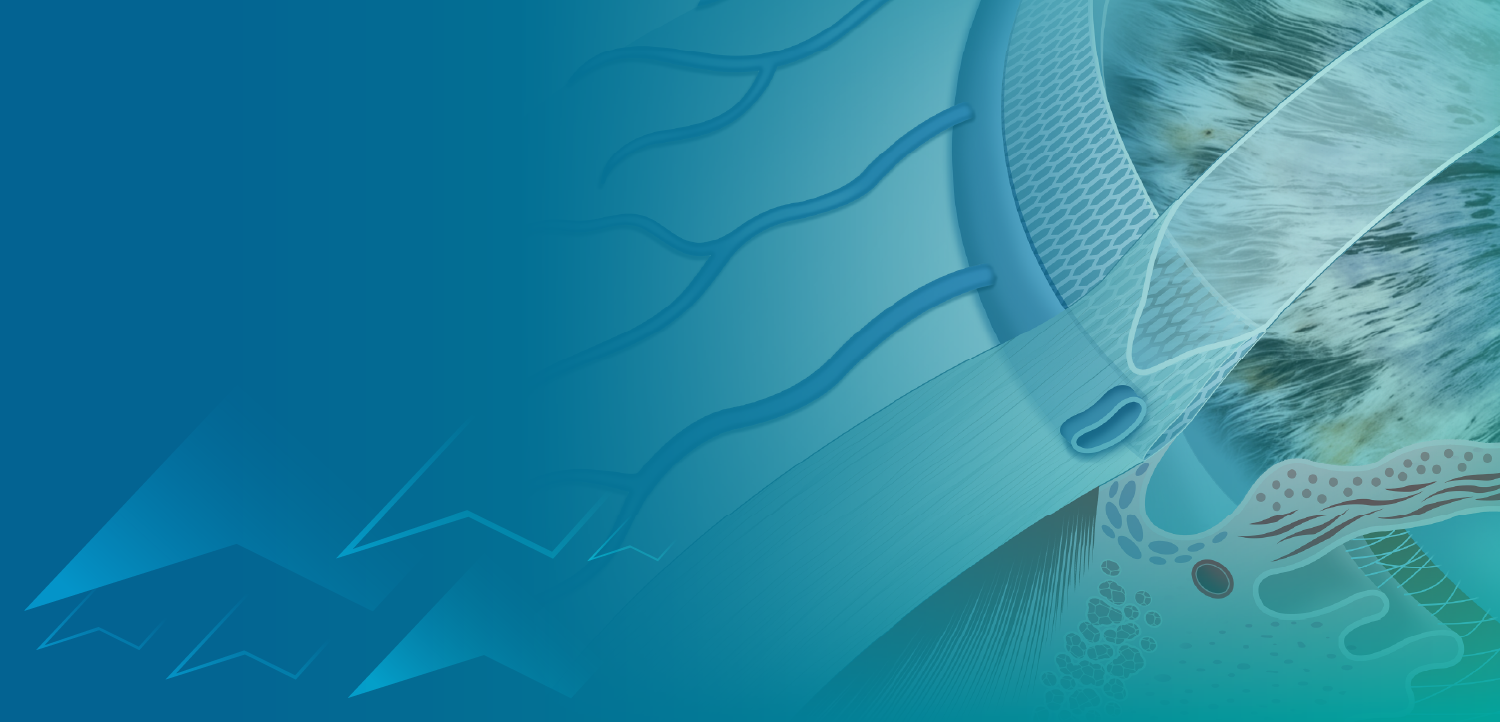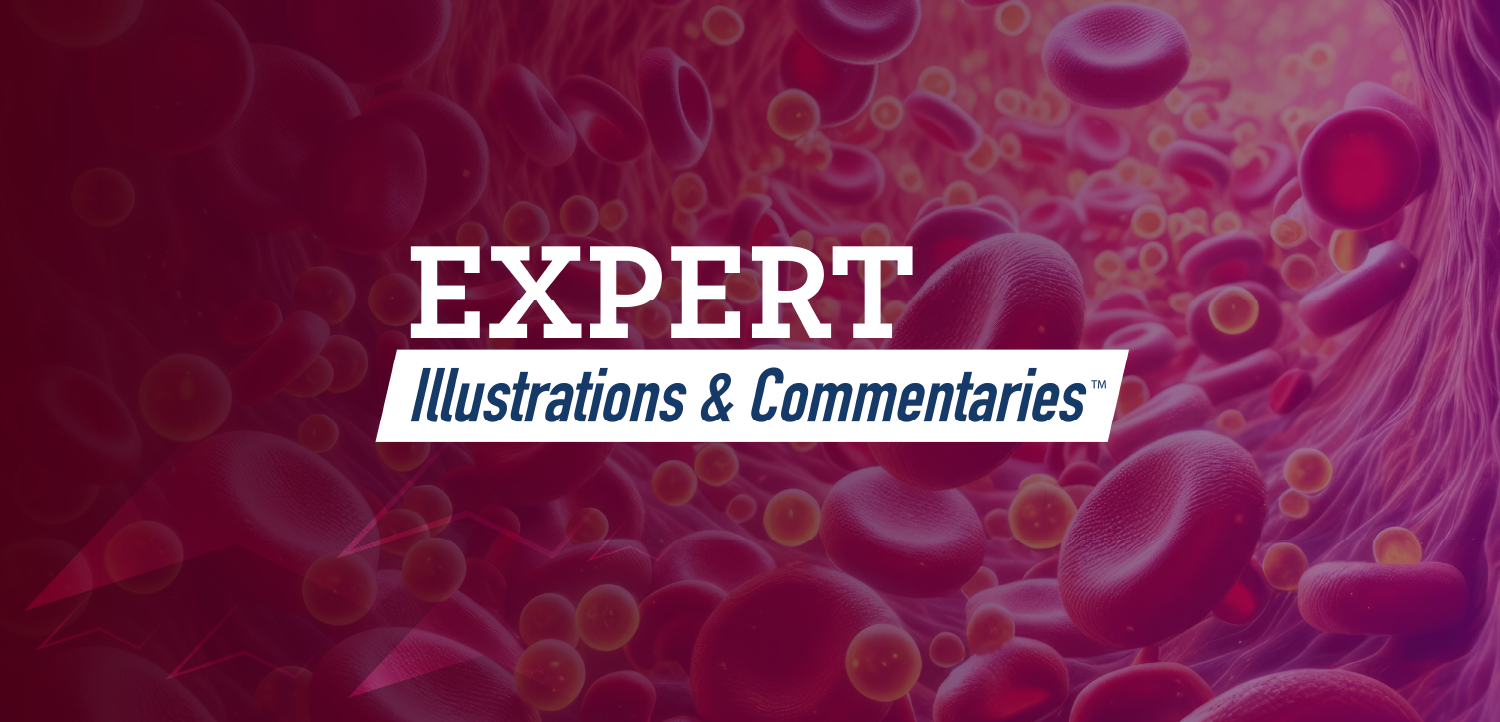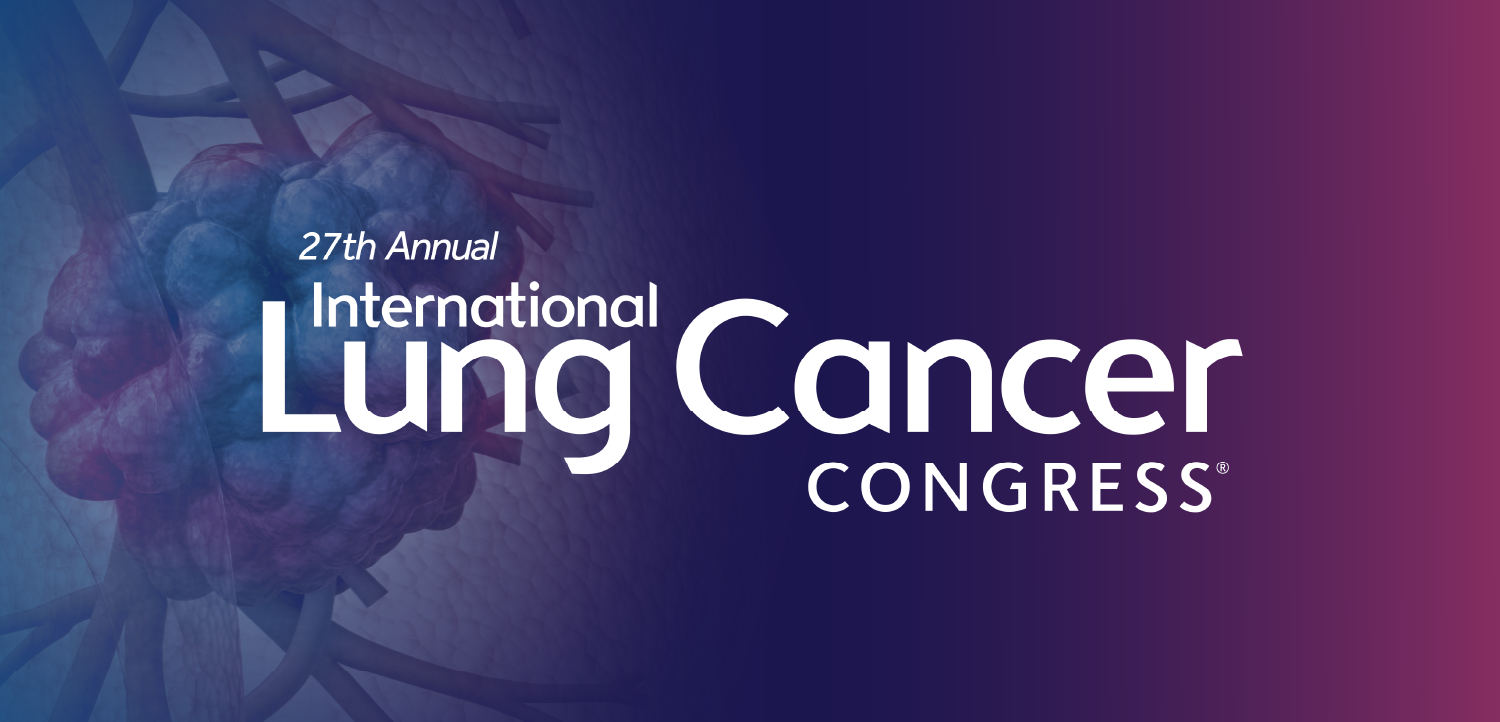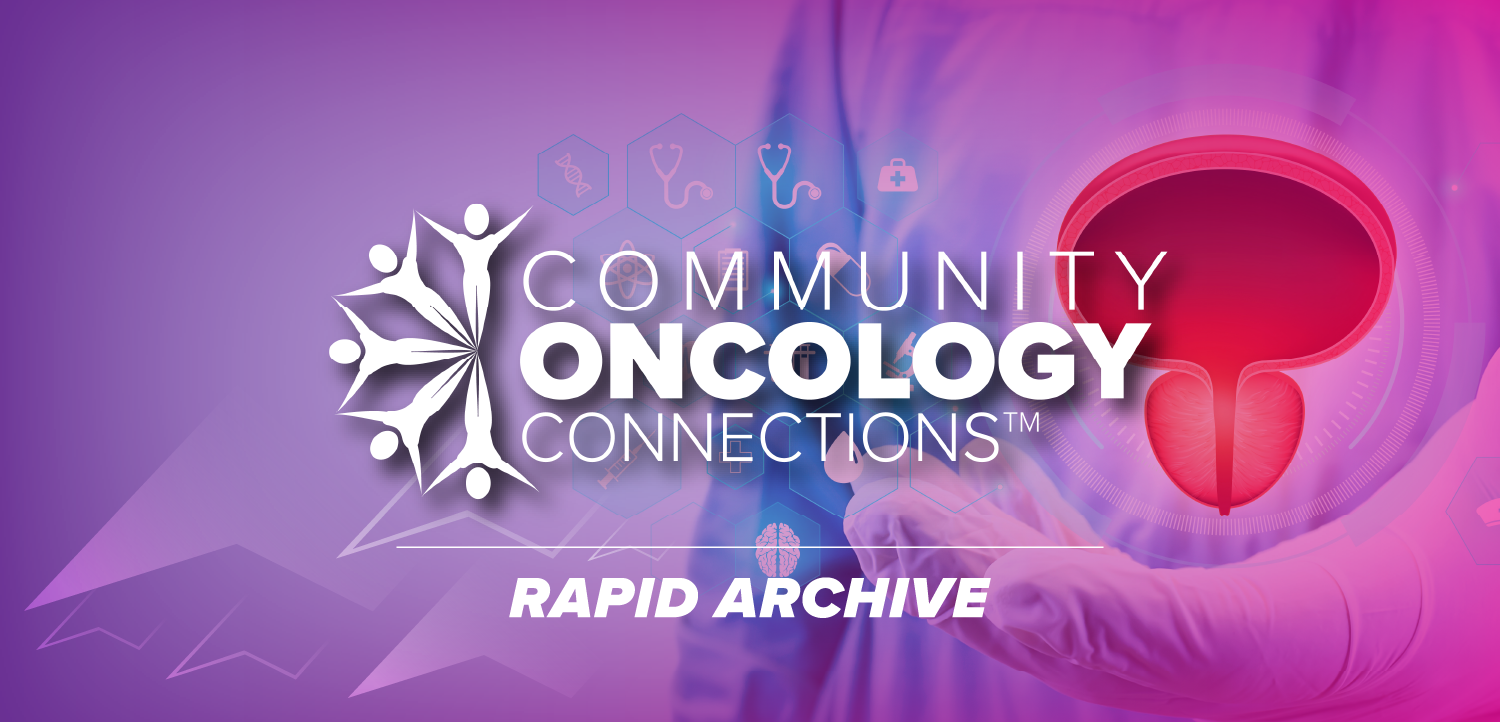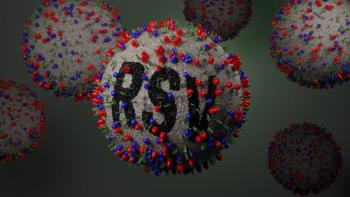
HIV Infection Intensified by Stimulant Use
Study data suggest stimulants could be causing the virus to become more active and could expand the HIV reservoirs of patients.
Adam Carrico, PhD
Investigators on a new
After study the epigenetic samples of 55 HIV-positive men who were on ART, but who also used methamphetamines, the investigators found a differential expression of 32 genes and perturbation of 168 pathways in patients who had recently used the drugs. Some of those genes are associated with the HIV immune reservoir, immune activation, and inflammation, according to study co-author Adam Carrico, PhD, associate professor of Public Health Sciences and Psychology at the University of Miami Miller School of Medicine.
Dr. Carrico told Contagion®’s sister journal, MD Magazine®, that those data suggest stimulants could be causing the virus to become more active and could expand the HIV reservoirs of patients, which essentially serve as hiding spots for the virus, escaping the reach of ART.
One implication of the study, according to Dr. Carrico, is that the stimulant research could lead to the development of methods to “coax” the virus out of those hiding places so that it could be attacked by the ART medications.
“One of the dominant theories in HIV cure research is ‘wake and kill,’” he shared with MD Magazine. “This study could help us to understand those mechanisms that regulate the ability of HIV to hide in immune cells.”
As a clinical psychologist, Dr. Carrico is also working on a study looking at behavioral interventions that could reduce stimulant use among people living with HIV. In his research, he has probed a range of effects of stimulant use on HIV patients and on the virus itself.
“It is often the case that these patients experience difficulties when managing their HIV,” he said. “But, I began to wonder if there are direct effects of methamphetamine use on the immune system even when we can get patients to be virally suppressed.”
This separate
The 2 studies focus specifically on patients who are taking ART, and thus the available data does not explain what might be happening to patients who are not on ART but do take stimulants. From a health care perspective, though, Carrico said the advice to such patients is straightforward.
“I would say the best thing that stimulant users who are not on ART could do would be the start ART and address the barriers that their stimulant use can create to achieving sustained viral suppression,” he said. “This would be the best way to improve health outcomes among those who are not currently on ART.”
An earlier version of this article was published on
Newsletter
Stay ahead of emerging infectious disease threats with expert insights and breaking research. Subscribe now to get updates delivered straight to your inbox.






